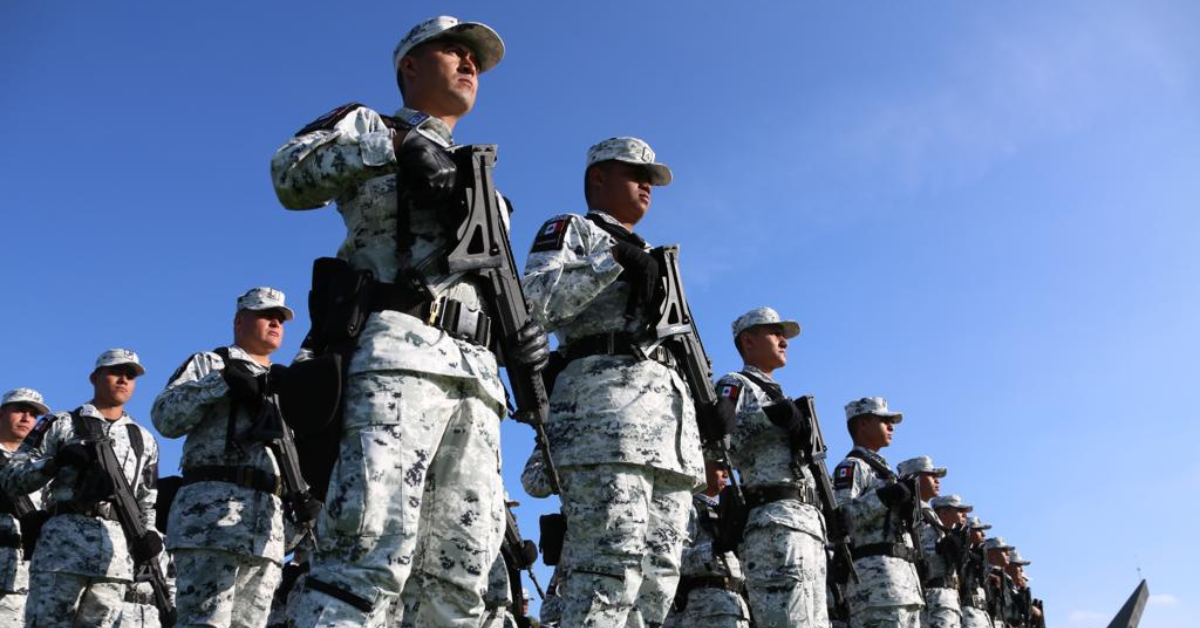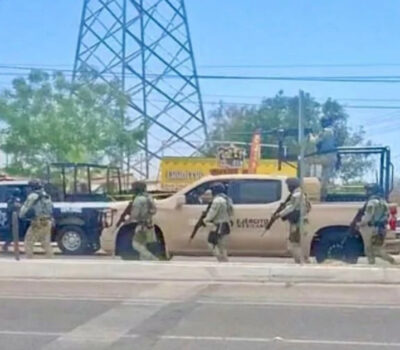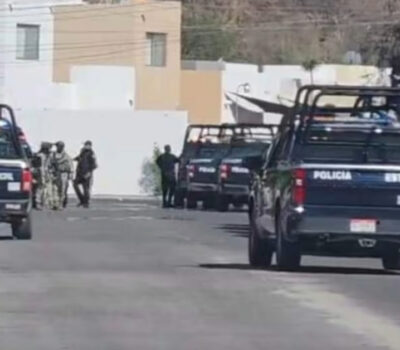The Mexican Army and National Guard are ready to deploy more than 1,200 troops in Quintana Roo under Plan DN-III-E to respond to emergencies during the 2025 hurricane season.
The Mexican Army and the 34th Military Zone of Quintana Roo have announced their full readiness to deploy more than 1,200 troops as part of the nation’s emergency response framework, Plan DN-III-E, ahead of potential hurricane activity this season.
Commander Fidel Mondragón of the 34th Military Zone confirmed that the combined forces of the Ministry of National Defense (SEDENA) and the National Guard stationed in the region are prepared to take swift action before, during, and after any hydrometeorological event that threatens the area.
“We have all the National Guard and Army personnel; we’re talking about more than 1,200 troops,” Mondragón said. “If it’s a more serious situation, then we will ask for support from the other commands in Yucatán and Campeche.”
Plan DN-III-E, originally established in 1966, is Mexico’s national emergency and disaster relief protocol designed to support civilian populations in the wake of natural disasters, including floods, earthquakes, and hurricanes. The plan enables the military to coordinate evacuations, provide humanitarian aid, and assist with search and rescue operations in disaster-stricken areas.
With the 2025 Atlantic hurricane season officially underway, military and civil protection authorities in Quintana Roo are ramping up surveillance of weather systems developing in both the Atlantic and Pacific Oceans. According to Mondragón, defense forces are maintaining a constant watch on meteorological activity and adjusting strategic plans in real-time to ensure swift mobilization in case of an imminent impact.
The state of Quintana Roo—home to major tourist destinations such as Cancún, Playa del Carmen, and Tulum—sits directly in the path of many Atlantic hurricanes and tropical storms. The region’s vulnerability to intense weather events makes hurricane preparedness a top priority for both the government and the private sector.
In past years, hurricanes such as Wilma (2005), Delta (2020), and Grace (2021) have highlighted the necessity of fast, coordinated responses. The Mexican military has regularly played a key role in these efforts, working alongside municipal and state authorities to evacuate at-risk populations, clear debris, restore basic services, and distribute essential supplies.
While no significant systems currently pose an immediate threat to Mexico’s Caribbean coastline, Mondragón emphasized the importance of staying vigilant. He noted that the early weeks of the hurricane season are critical for reviewing emergency protocols, restocking supplies, and conducting simulations to test response capacity.
“We’re not just focused on what happens during a hurricane—we’re ready before the storm hits and remain in place afterward to support recovery efforts,” he added.
The announcement comes as part of a broader national initiative to reinforce civil protection mechanisms across Mexico’s most vulnerable coastal states. Authorities in neighboring Yucatán and Campeche have also begun preparing their emergency teams, with inter-command coordination plans already in place in case of large-scale evacuations or damage.
Local residents and tourists are encouraged to stay informed through official weather updates and heed instructions from emergency services should a storm approach. Quintana Roo’s Civil Protection agency has also begun circulating public advisories on how to prepare emergency kits, locate temporary shelters, and protect homes from high winds and flooding.
As the season progresses, Mexican authorities say they will continue to prioritize a proactive approach, ensuring that the population is not only informed, but fully supported should nature take a violent turn.
For now, the military’s message is one of preparedness and reassurance: Quintana Roo is ready.
The Mexican Army and National Guard are ready to deploy more than 1,200 troops in Quintana Roo under Plan DN-III . . .











